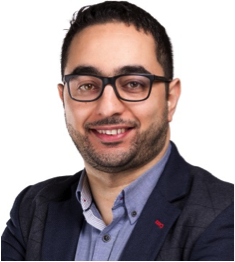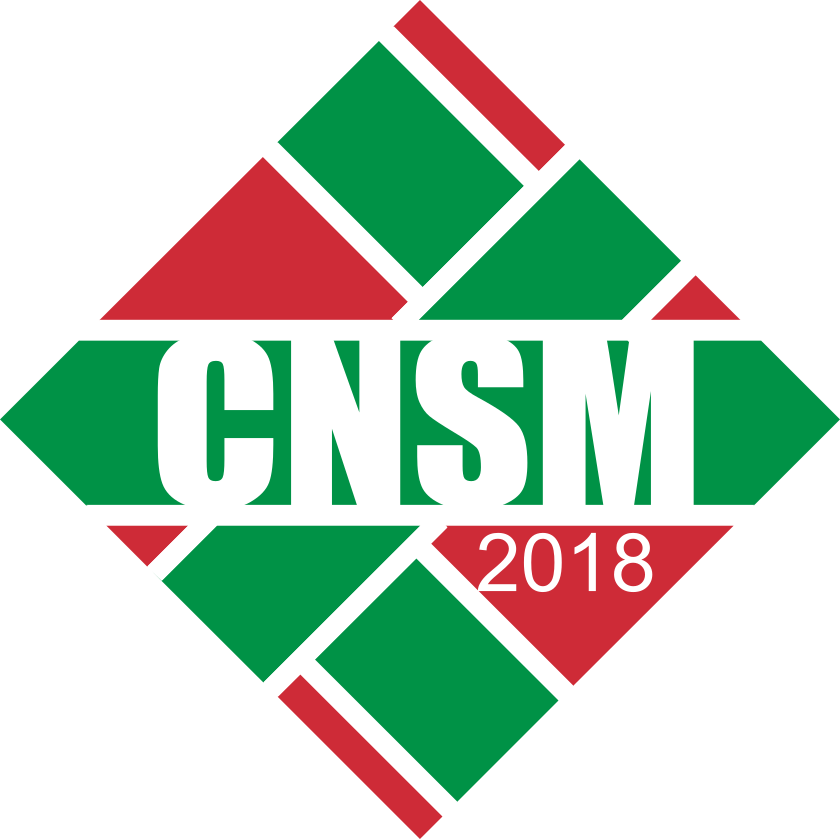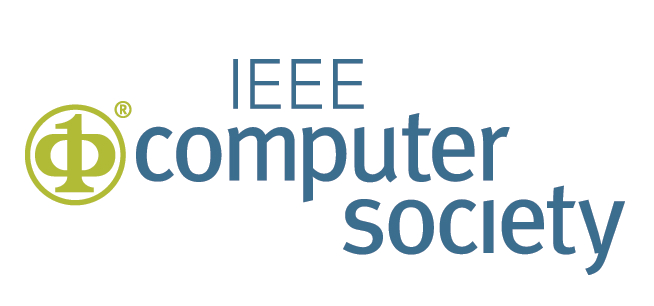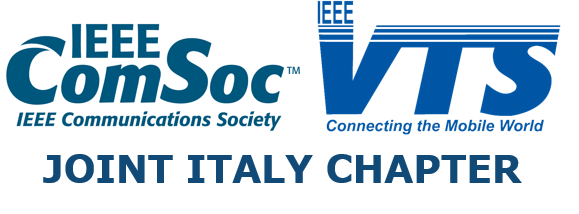| Friday, 9 November, 2018 | ||||
| 09:30-10:30 | Welcome and Opening Keynote Rethinking the Network Architecture and Protocols for the Tactile Internet Prof. Mohamed Faten Zhani (ÉTS Montreal, Canada) |
|||
Abstract: From virtual reality and teleportation, to telepresence, augmented reality, holograms, and remotely controlled robotics, these future network applications promise an unprecedented development for society, economics and culture by revolutionizing the way we live, learn, work and play. In order to deploy such futuristic applications and to cater to their performance requirements, recent trends stressed the need for the "Tactile Internet", an Internet that, according to The International Telecommunication Union (ITU), combines ultra low latency with extremely high availability, reliability and security. Unfortunately, today's Internet falls short when it comes to providing such stringent requirements due to several fundamental limitations in the design of the current network architecture and communication protocols. This brings the need to rethink the network architecture and protocols, and efficiently harness recent technological advances in terms of virtualization and network softwarization to design the Tactile Internet of the future. 
Mohamed Faten Zhani is an associate professor with the department of software and IT engineering at l’École de Technologie Supérieure (ÉTS Montreal) in Canada. His research interests include cloud computing, network function virtualization, software-defined networking and resource management in large-scale distributed systems. Faten has co authored several book chapters and research papers published in renowned conferences and journals including IEEE/IFIP/ACM CNSM, IEEE/IFIP IM/NOMS, IEEE INFOCOM, IEEE transactions on cloud computing and IEEE Journal on Selected Areas in Communications (JSAC). He served as the general or technical program chair of several international workshops and conferences. He is also co-editor of the IEEE Communications Magazine series on "Telecom Software, Network Virtualization, and Software Defined Networks", associate editor of Wiley international journal of network management, and deputy managing editor of the IEEE softwarization newsletter. He is co founder and vice-chair of the IEEE Network Intelligence Emerging Technology Initiative and a cluster lead at the IEEE P1916.1 SDN/NFV Performance standard group. Faten recently received the IEEE/IFIP IM 2017 Young Researchers and Professionals Award as a recognition for outstanding research contribution and leadership in the field of network and service management. More details are available on his web page. |
||||
| 11:00-12:30 | Session 1 High-Precision Networking Challenges and Routing Approaches Chair: Uma Chunduri (Huawei, USA) |
|||
Enabling Virtual Reality for the Tactile Internet: Hurdles and Opportunities |
||||
Preferred Path Routing (PPR) Graphs - Beyond Signaling Of Paths To Networks |
||||
Bandwidth Constrained Distributed Inter-domain Path Selection (DIPS) |
||||
| 14:00-15:30 | Session 2 High Precision Networking Applications and Instrumentation Chair: Maria Torres Vega (Ghent University – imec, Belgium) |
|||
Chasing Linux Jitter Sources for Uncompressed Video |
||||
Design and Implementation of eBPF-based Virtual TAP for Inter-VM Traffic Monitoring |
||||
| 15:30-17:00 | Panel Is the Internet ready for High-Precision Networking? Panel Moderator: Alexander Clemm (Huawei, USA) Panelists: Mohamed Faten Zhani (ÉTS Montreal, Canada), Uma Chunduri (Huawei, USA), Joe Betser (Aerospace Corporation, USA) |
|||
Abstract: New networking applications put ever-increasing demands on the Internet. For example, Industrial Internet applications involve controllers with ultrafast control loops subject to rigid timing requirements. Mission-critical Tactile Internet applications such as tele-surgery require ultra-low latencies without any loss in connectivity. Advances in network softwarization technology demand highly robust and fast control channels to allow to react to dynamic network conditions at line speed.

Alexander Clemm (Panel Moderator) is a Distinguished Engineer at Huawei’s Future Networks and Innovation Group in Santa Clara, California. He has been involved in networking software and management technology throughout his career, providing technical leadership for many products from conception to customer delivery, most recently in the areas of high-precision networks and future networking services as well as network analytics, intent, and telemetry. He has served on the Organizing and Technical Program Committees of many management and network softwarization conferences, including as General Co-Chair of CNSM (then: MANWEEK) 2007 and IM 2013 as well as TPC Co-Chair of IM 2005, Netsoft 2017, and IM 2019. He has around 50 publications, 50 issued patents, and several books (including “Network Management Fundamentals”) and RFCs. On the side, he has also been moonlighting on the Adjunct Faculty of Santa Clara University’s Computer Engineering department for a decade. Alex holds an MS degree in Computer Science from Stanford University and a Ph.D. from the University of Munich, Germany. 
Mohamed Faten Zhani See bio above 
Uma S. Chunduri is an IP routing expert with extensive background and expertise in Service Provider networks, Enterprise, Mobile backhaul and Broadband Access Networks. He is currently with Future networks core team at Huawei USA as a Principal Engineer, focusing on advanced technology research and standards in the Access and Network Research Labs. His current focus on programmable network architecture for low latency and QoS sensitive industry verticals. He is working on a new path aware routing mechanisms and slice aware mobility and transport network solutions for 5G cellular networks. 
Dr Joe Betser is a Senior Project Leader for Strategic Planning, Knowledge Management, and Business Development with the Aerospace Corporation. Joe coordinates strategic and developmental planning support to the Chief Scientist of the USAF Space and Missile Systems Center, in order to enhance our collaboration projects, and successfully transition science and technology results into Space capabilities. Dr Betser joined Aerospace in 1991, established the network management laboratory, and served as a DARPA principal investigator in the fields of networking, cyber, fractionated space architectures, and manned on-orbit servicing (NASA/DARPA). He received multiple commendations including the GPS Program Recognition Award, and awards for serving as a Program Chair and General Co-Chair of the Ground System Architectures Workshop (GSAW). Joe served as the General Chair for Malware TEM (MTEM) 2014 and published book chapters in several books on Big Data, Clouds, Knowledge Management and E-Learning. Joe was commended repeatedly for spearheading university outreach activities, and also received international citations from the IEEE and IFIP for leading global activities. Joe serves on multiple boards, and chairs the Engineering Visitors Committee at Harvey Mudd College. He has a B.S. in aerospace engineering, M.S. and Ph.D. degrees in computer science, and an executive MBA from the University of California, Los Angeles
|
||||
 |
|||
14th International Conference on Network and Service Management |
|||
| Rome, Italy, Nov. 5 - Nov. 9, 2018 | |||
|
|||
|
|||||||||||||||||||||||||||||||||||||||













